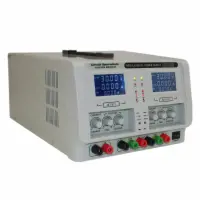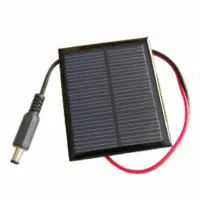Power Supplies
Filters
Filters
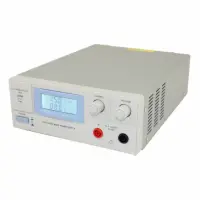
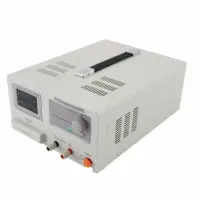
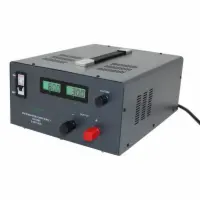
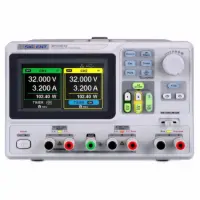
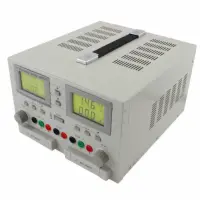
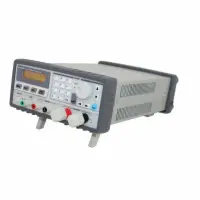
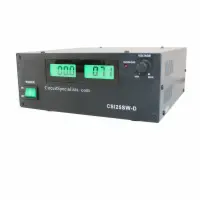
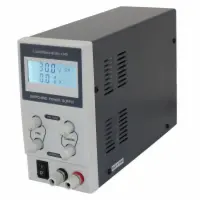
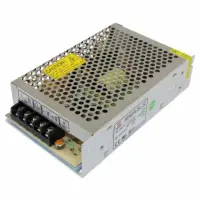
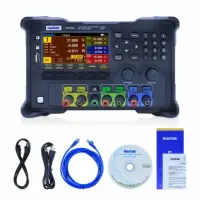
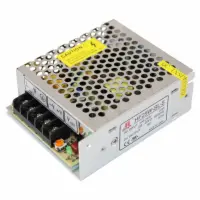
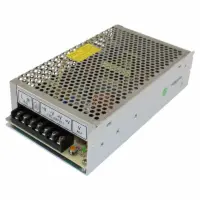
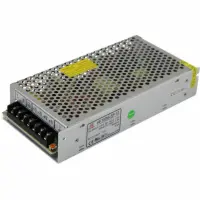
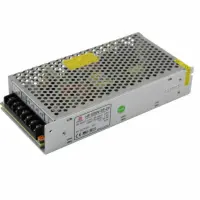
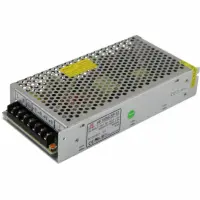
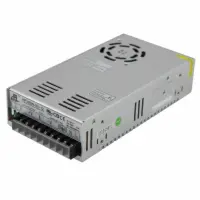
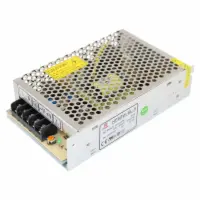
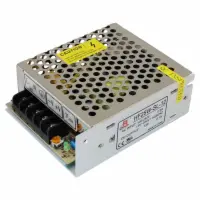
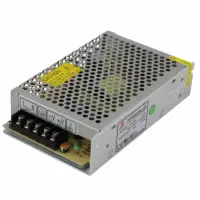
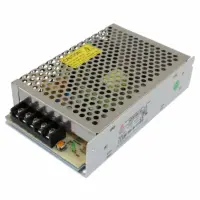
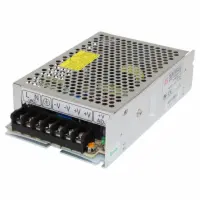
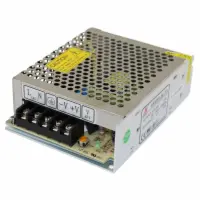
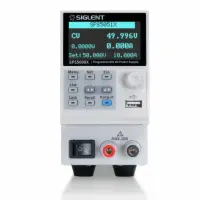

What are Power Supplies?
Power supplies are basically components that provide power to at least one electric load, and they’re typically integrated within the device that they’re powering. They also usually convert one type of electric power to another—in most cases, AC (alternating current) to DC (direct current). However, some models do convert different forms of energy, such as solar or chemical energy, into electrical energy.
Power supplies are also referred to as power supply units, power bricks, and power adapters.
Why Should You Choose a Power Supply with Care?
If you want your system running optimally, you need to take care of the foundation. The backbone, so to speak, of the whole operation.
And whether it’s for small, residential hobbies or large, industrial uses, power is the backbone of literally any electronic system. Electronics cannot run without some form of power to feed on, and power supplies are the very source of that power.
It is therefore crucial that you understand the characteristics of a good power supply unit and the elements you should look for to find the best one for your situation. Look at their type, make, and model. Know the difference between an AC power supply and a DC power supply, and find out which one your system will work best with.
To be even more specific, learn the different power supply conversions. Familiarize yourself with the different types of power supplies; bench, programmable, regulated, unregulated, linear, switch, and so on.
There’s a lot of information to unpack, that’s true, but believe us when we say it’s ultimately worth it.
Power Supply Comparisons
To get you started, let’s take a look at some ways you can start comparing different power supplies. Again, there are quite a few elements to consider. For now, we’ll cover three:
Regulated & Unregulated
Linear & Switching
AC & DC
Regulated vs. Unregulated
AC and DC power supplies can be either regulated power supplies or unregulated power supplies. The biggest difference between the two is their ability to supply constant voltage to a load. Regulated power supplies are quite capable of doing so. Unregulated power supplies cannot.
If you choose the wrong type of power supply, you could potentially cause irreparable damage to the system or device you’re powering. You could also end up wasting power and paying too much, should you use a more powerful unit than is strictly necessary.
We’d argue that choosing between regulated and unregulated power supplies are as important as choosing the voltage capabilities.
Unregulated Power Supplies
Unregulated power supplies are capable of delivering the expected output at a given current. However, the delivered output doesn’t always reflect the actual voltage output. What’s more, the voltage in an unregulated power supply exits when there’s a ripple voltage in the power output.
Unregulated power supplies are simple, low-cost options that are good for minor residential operations. However, do keep in mind that they provide uneven voltage.
What’s more, unregulated power supplies aren’t capable of the drastic increases and decreases in flow without a capacitor to prevent severe swings in voltage. This means that changes in current load and voltage input will result in an inconsistent or unclean output from the power supply.
Pros:
Low-cost
Minimal maintenance
Simple setup
Provides expected output at given current
Cons:
Delivered output does not reflect actual voltage output
Inconsistent
Incapable of delivering clean output
Poor voltage regulation
Regulated Power Supplies
Regulated power supplies, on the other hand, have an added voltage regulator capable of reducing the ripple voltage to deliver clean, even output. Other than that, they have all the same parts that an unregulated power supply has, which means they are also capable of delivering the expected output at a given current.
The biggest difference between a regulated power supply and an unregulated one is that the output from a regulated power supply is stable and unchanging. Unlike an unregulated model, the delivery reflects the actual voltage output regardless of input or draw.
Because of this, regulated power supplies are perfect for delicate electronics that require consistency.
Pros:
Smooth and stable delivery
Output reflects actual voltage output listed
Added voltage regulator for sustained output
Consistent
Efficient
Cons:
Expensive
Not as straight-forward as unregulated models
Linear vs. Switching
Most regulated power supplies are also capable of converting DC power to AC power. Such converter models are either linear, switched, or battery-based. But battery-based power supplies are pretty much switched converters, so you really only have to examine linear power supplies versus switched (or switching) power supplies.
Linear Power Supplies
Linear power supplies are far more simple and straightforward than switching or switch-mode power supplies. They also generate a lot more heat.
Linear power supplies also use transformers to convert AC input to clean DC output. They’re very quiet and less demanding than switching power supplies, making them an excellent choice for projects that need minimal or low output. They are, however, quite heavy and bulky. They’re rarely portable.
Common applications for linear power supplies include laboratory work, communications, and medical needs.
Pros:
Simple
Not demanding
Quiet
Effective for meeting low power output needs
Cons:
Bulky, heavy, not easily portable
Generate a lot of heat
Can be inefficient
Switching Power Supplies
Switching power supplies or switch-mode power supplies are a little more complex than their counterparts. They’re also much, much noisier. They are, however, a lot cooler than linear power supplies and a lot more portable.
To effectively regulate output voltage, switching power supplies use a process called Pulse Width Modification (PWM). This allows them to run at a lower temperature without compromising efficiency or flexibility. In fact, switching power supplies are known for their multi-purpose application, capable of adapting to a wide range of functions.
Due to their high frequency noise, however, switch-mode power supplies not as recommended for labs or medical work. Switch-mode power supplies are mostly used for aviation, shipboard, manufacturing, and mobile station applications.
Pros:
Efficient
Light and compact
Cooler, operates at low temperature
Flexible, allows for multiple applications
Cons:
Noisy
Complex setup
AC vs. DC
Finally, you should consider whether your situation calls for an Alternating Current (AC) or a Direct Current (DC) supply. You can always ask a professional, just to be sure, but having even just the foundational knowledge of both types helps.
Here’s what you should know:
AC Power Supplies
As the name suggests, AC power supplies are characterized by waves of alternating current dictated by alternators—specifically, different areas of magnetic polarity inside the alternators. It’s also worth noting that AC power is actually the standard electrical output format with regards to outlets, which makes it quite common.
AC power supplies provide electrical currents that change periodically depending on certain parameters. They can move in either a positive direction or a negative one. When the electrical current is positive, it creates a flow upwards. When it’s negative, it drops.
This creates a very distinct wave-like motion, and it’s this very motion that gives AC power an advantage over DC power.
AC power can travel further than DC power. It’s also very easily generated. You’ll encounter this format a lot with outlets in commercial buildings, smaller devices such as desk lamps, and everyday appliances like refrigerators and dishwashers.
Benefits of AC Power:
Easy to generate
Capable of travelling far distances quickly
DC Power Supplies
Whereas AC power is defined by its wave-like motion, DC power supplies generate currents that move in a straight, unwavering line—hence the name.
The electrons in a direct current are fixed and unchanging. They come from alternators that are equipped with commutators that specifically create direct energy. DC power can also be generated by rectifiers that are capable of converting alternating currents to direct currents.
The consistency of DC power actually makes it the best choice for portable devices and sensitive electronics. Most batteries are DC power sources. Converters are made specifically to convert AC power from outlets to usable DC power.
Think of laptop computer chargers. They often come with power converters, converting the alternating, wave-y current output of your outlet to a more linear, consistent current that your laptop can actually handle. The highs and lows of an AC can damage delicate components inside portable devices, which is why a more stable current is preferable.
Other applications include smartphones, flashlights, and some new-generation electric vehicles.
Benefits of DC Power:
Consistent & Stable
Easy to convert from AC
But on the subject of conversion, how do converters—and some power supplies—convert AC power to DC power?
Here’s a quick overview:
AC to DC Conversion
Consider the alternating current output from a wall outlet.
As we mentioned earlier, the constantly-changing nature of the current can be harmful for most handheld electronic devices. Say you want to charge your smartphone. Your smartphone needs a stable direct current to safely recharge its battery.
A converter or power supply takes the AC from the wall outlet and converts it to unregulated DC, simultaneously reducing the voltage via an input power transformer. The voltage is rectified but still slightly fluctuating. It is run through a capacitor (usually in switched-mode power supplies) to be “smoothed.”
A reservoir of energy is created inside of the capacitor. This pool is then applied to the load once the voltage is dropped further. When this happens, the incoming energy is expended, effectively smoothing out the voltage even further and taking out “peaks” or jumps in the current. What’s left is a smooth, linear line that moves in only one direction.
Now that you have a decent understanding of how different power supplies function and what different types are best for, you’re ready to do a little deep dive into the specifics! Once you’ve determined the power supply—or power supplies—that are best for your project, you can then do further research using more specific and consistent terms.
And if you’re looking for the best quality power supplies at bargain prices, check out the full Circuit Specialists’ Power Supplies spread. From programmable power supplies to linear and switch-mode power supplies, you’re sure to find a model here that suits your exact specifications.

